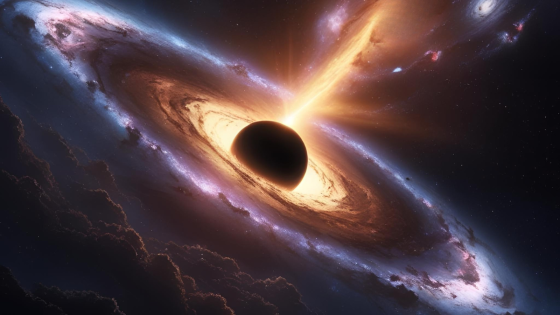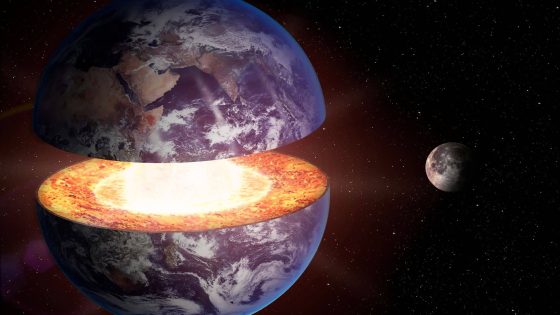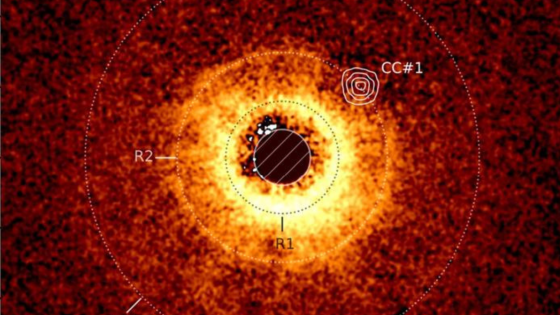The quest for quantum gravity, often dubbed the “holy grail of physics,” has taken a fascinating turn with new research suggesting that the key may lie in a quantum recipe for black holes. This groundbreaking study adds quantum corrections to Einstein’s 1916 theory of gravity, known as general relativity, which has long been the cornerstone of our understanding of the universe.
- Quantum gravity is the "holy grail of physics."
- Black holes emerge from Einstein's equations.
- General relativity and quantum physics remain ununified.
- Singularities indicate incompleteness in general relativity.
- New black hole solutions exist in quantum gravity.
- Observational challenges hinder distinguishing theories.
Black holes, first theorized from the solutions to Einstein’s equations, present a unique challenge to both general relativity and quantum physics. While the former excels at explaining large-scale phenomena, neither theory successfully describes the extreme conditions at the heart of black holes. As researchers delve deeper into this mystery, the potential for a unified theory of quantum gravity becomes increasingly tantalizing.
This raises an intriguing question: could these new quantum solutions to black holes redefine our understanding of gravity? The implications are profound, as they suggest that general relativity may only be valid on macroscopic scales, while quantum mechanics could govern the microscopic realm. Key takeaways include:
- Black holes may have “quantum solutions” that differ from classical predictions.
- The singularity at a black hole’s center indicates a potential failure of general relativity.
- Current theories like string theory remain unverified, complicating the quest for unification.
- Astrophysical observations may not distinguish between solutions from general relativity and quantum gravity.
As researchers continue to explore these quantum realms, the potential for groundbreaking discoveries remains high. Will the secrets of quantum gravity finally be unveiled through the enigmatic nature of black holes?































